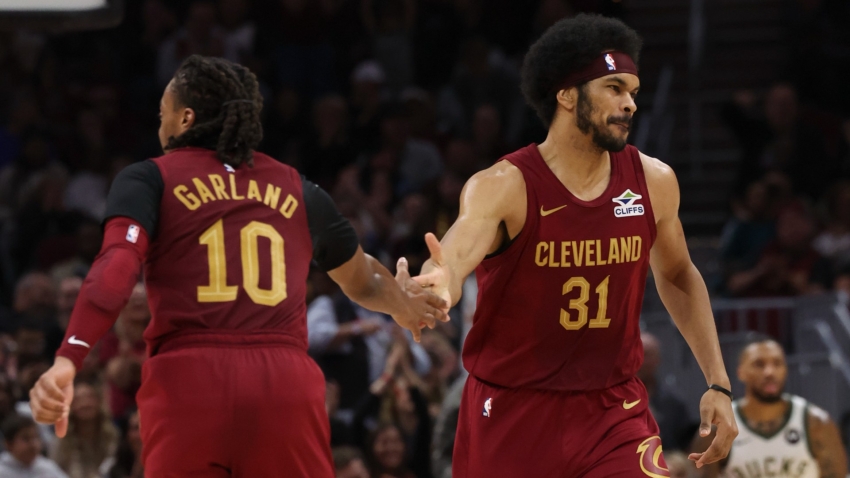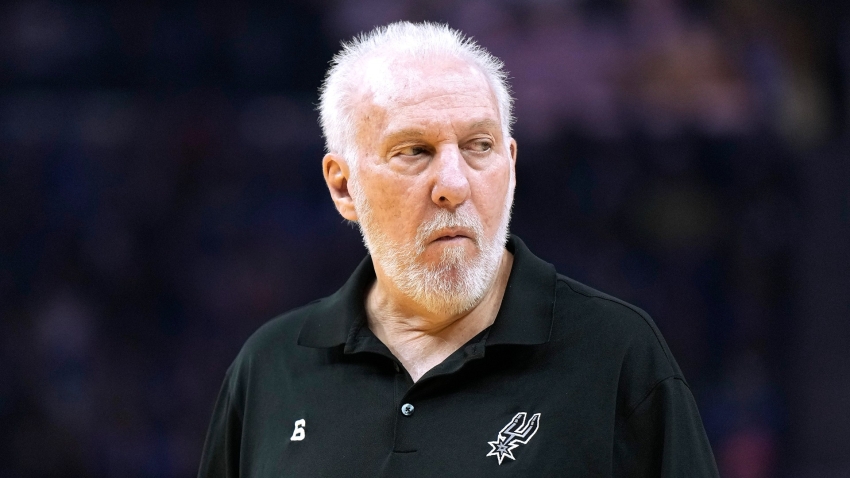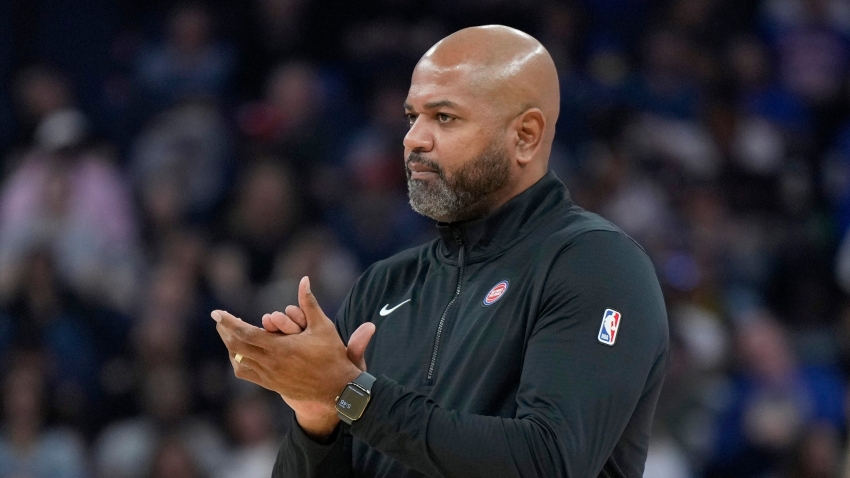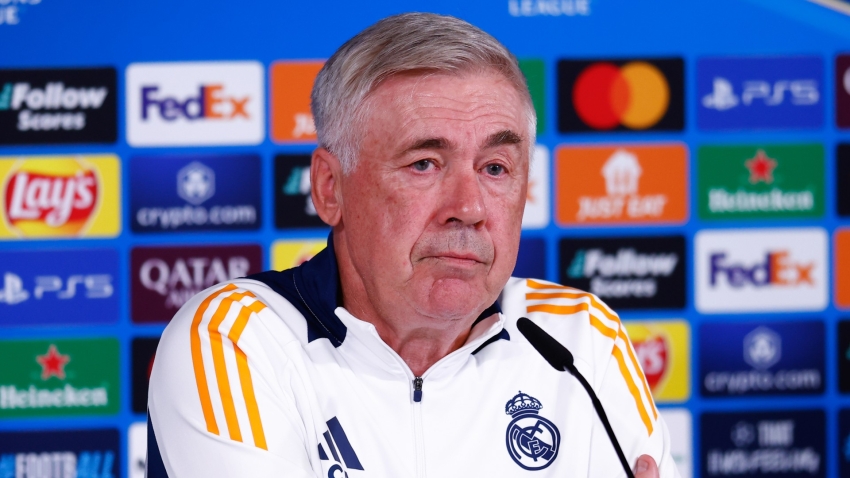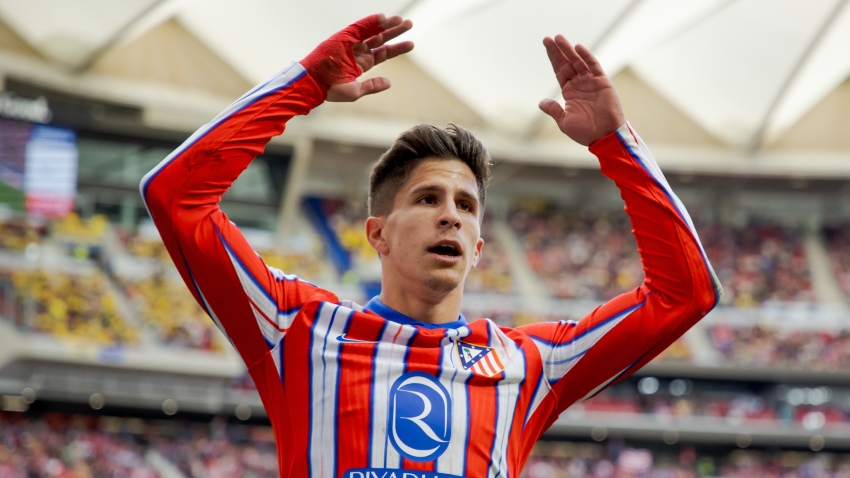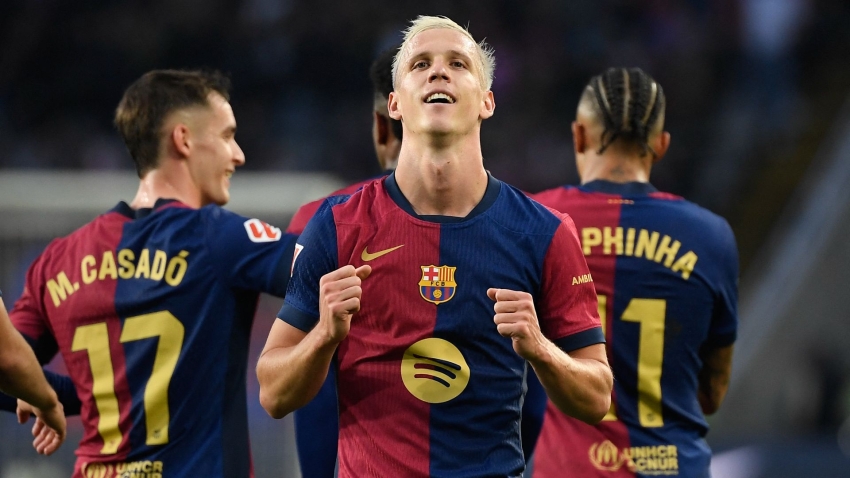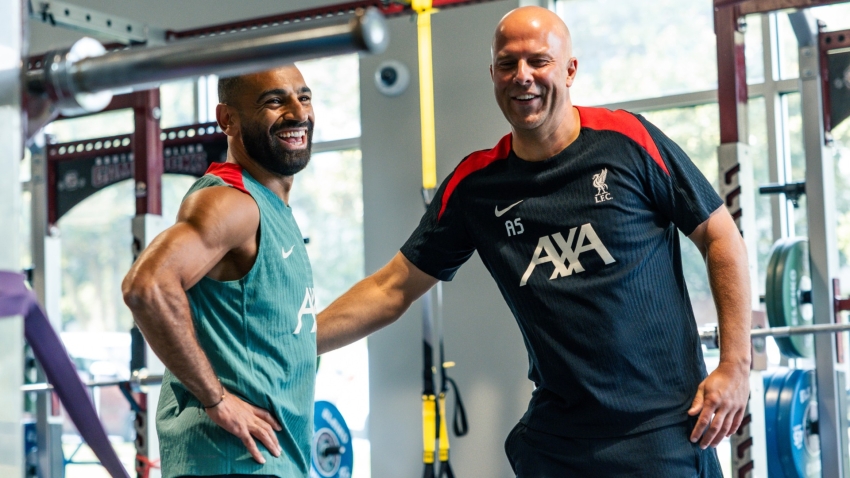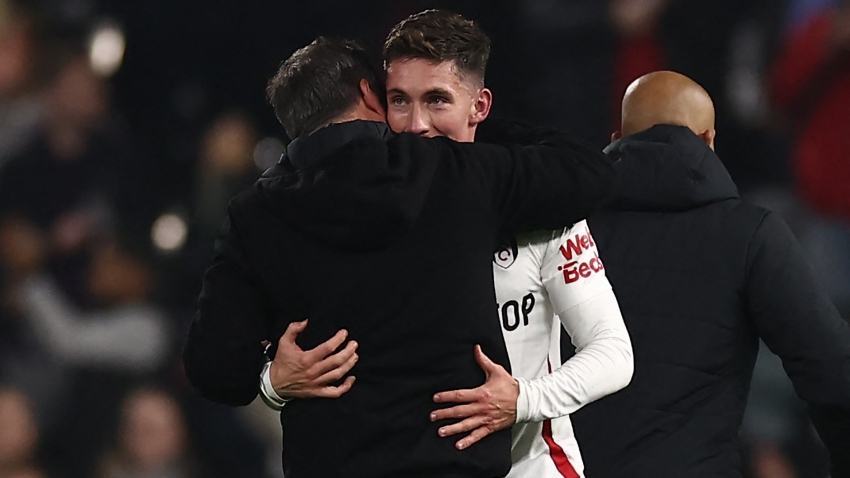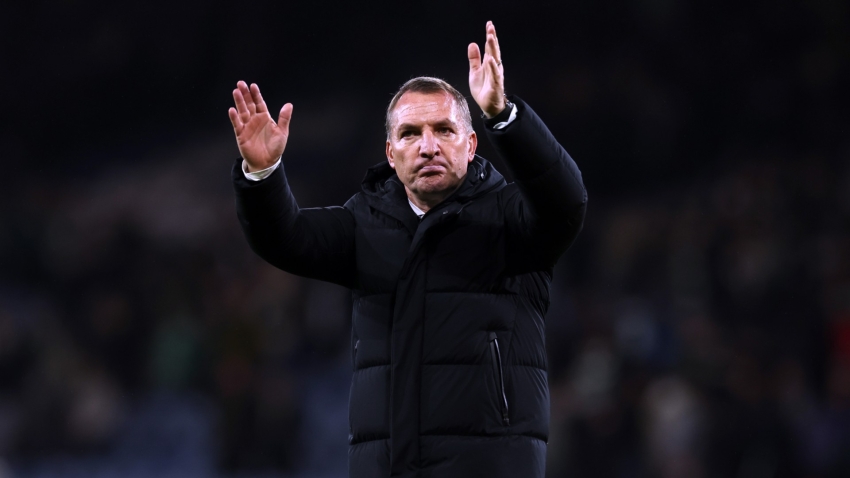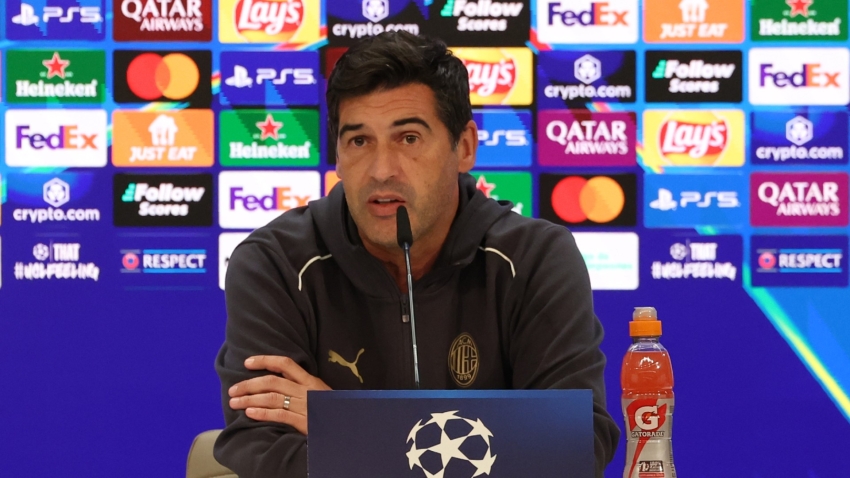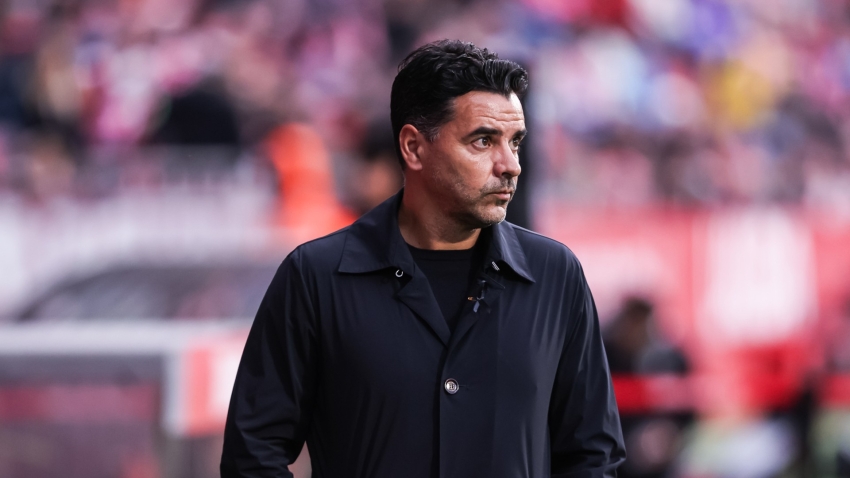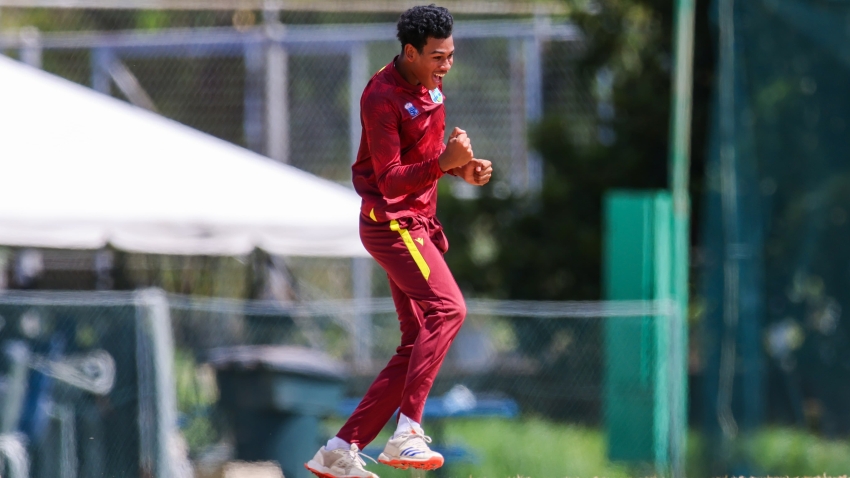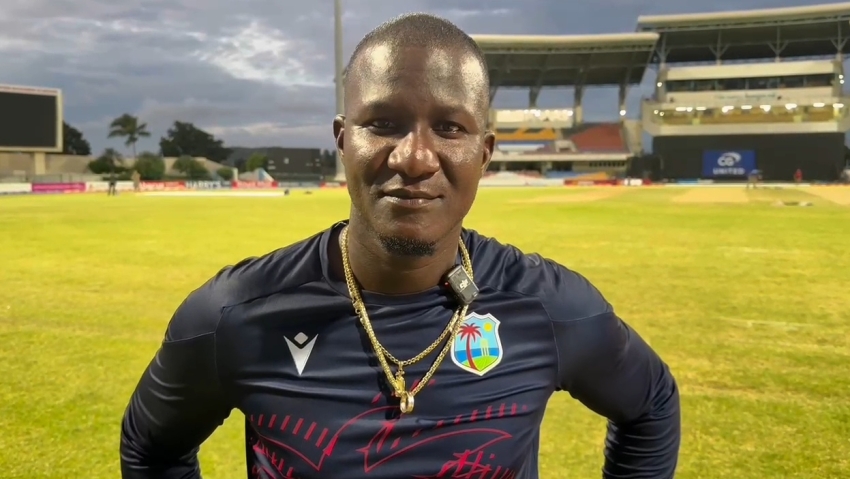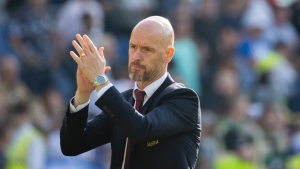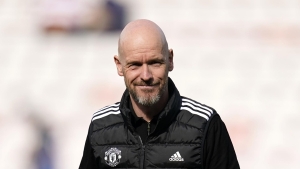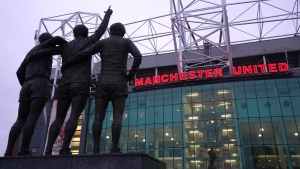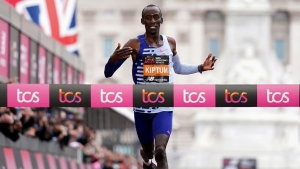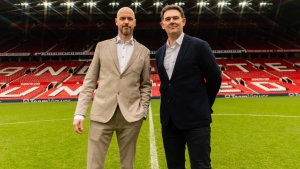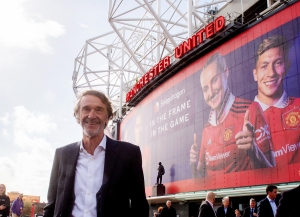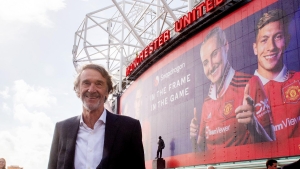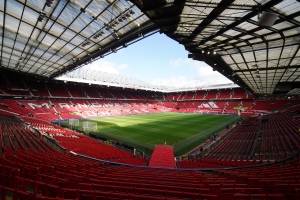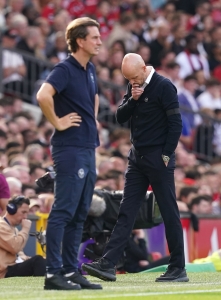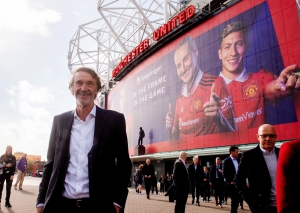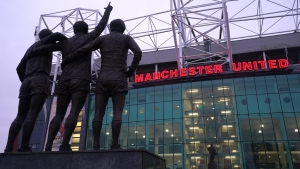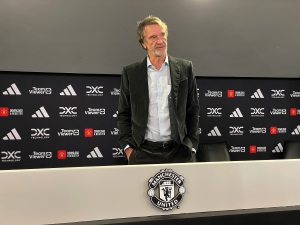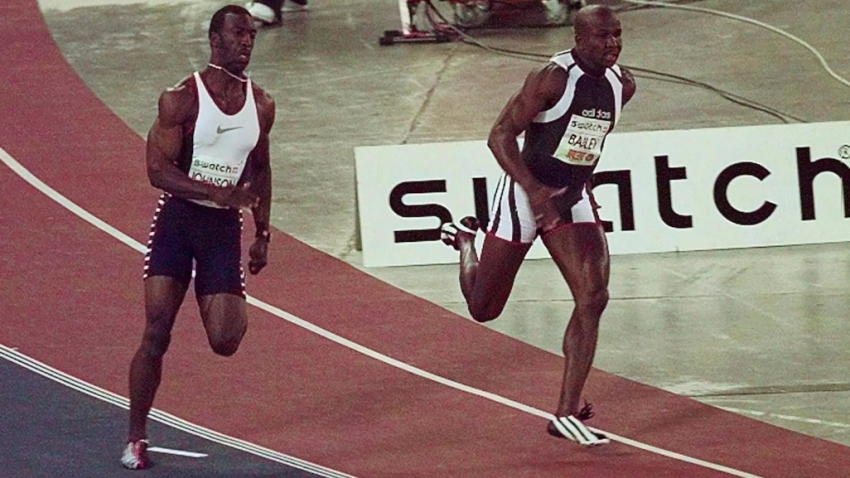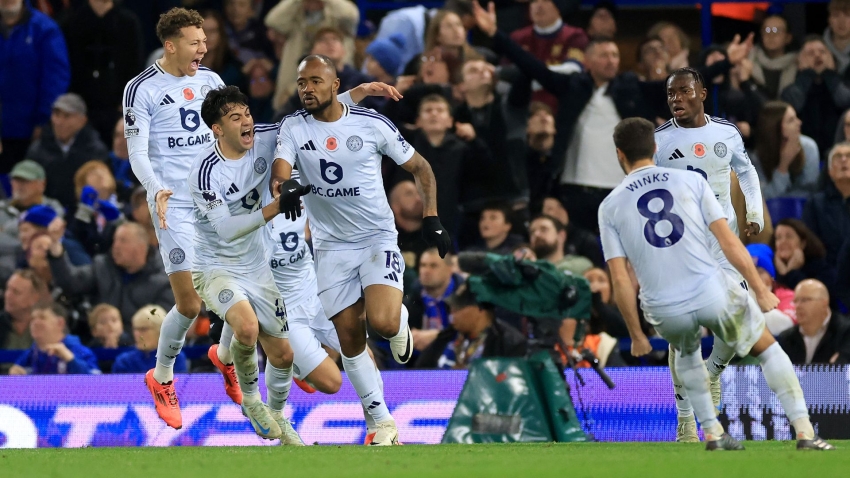Manchester United co-owner Sir Jim Ratcliffe called the chance to develop a world-class stadium and regenerate the Old Trafford area a “once-in-a-century opportunity” as Lord Coe was named chair of a new joint task force.
The Red Devils will not be moving away from Old Trafford but have options to redevelop the current ground or build a new one on adjacent club-owned land.
New minority owner Ratcliffe recently said redevelopment will cost around £1billion but favoured a new £2billion stadium that would be among the best in the world.
The Ineos chairman recently said he sees no issue with United seeking state support for a new ground and financing will be one aspect of the ‘Old Trafford Regeneration Task Force’, which will explore “the development of a world-class football stadium at the heart of the project” to regenerate the area.
United co-owner Ratcliffe said: “This can be a major regeneration project for an area of Greater Manchester which has played such a key role in British industrial history, but which today requires new investment to thrive again.
“The north-west of England has a greater concentration of major football clubs than anywhere else in the world, yet we don’t have a stadium on the scale of Wembley, the Nou Camp or Bernabeu.
“We will not be able to change that on our own, which is why this task force is so important to help us seize this once-in-a-century opportunity.”
Lord Coe, the London 2012 chief, has been named as chair of a task force comprised of local leaders and national experts, including Andy Burnham, Mayor of Greater Manchester, and former United captain Gary Neville.
The Glazer family, who remain majority owners of the Premier League club, were conspicuous by their absence from the press release and list of task force members.
The task force “will assess the feasibility of a new stadium of national significance equipped to host international games and finals, as well as providing a modernised home for Manchester United”.
Lord Coe said: “Throughout my career in sport, I have seen the potential for stadiums to become focal points for strong communities and catalysts for social and economic development.
“That was certainly true of the venues we built in east London for the 2012 Olympics, and we are overdue a project of similar scale and ambition in the north of England.
“I am honoured to have this opportunity to share my experience in support of this tremendously exciting project.”
Ratcliffe met local leaders even before his minority stake received ratification last month to discuss the potential for redevelopment of Old Trafford and the surrounding area.
The Ineos chairman met with Burnham during that period and the Mayor of Greater Manchester has hailed the “bold and exciting vision for the future of Old Trafford and the surrounding area.”
“The development of one of the most iconic stadiums in world football will help attract investment, create jobs, and lead to new opportunities that will not just benefit Trafford but communities across our city-region and beyond,” he said.
“Greater Manchester has been a hive of innovation and creativity for centuries, and sport has played a huge role in shaping our past and present.”
An economic impact study will be commissioned as part of a project that will involve close consultation with fans and local residents.
The task force is expected to make recommendations later this year and Neville is excited to be involved in plans for United’s home and the local area.
“I’m incredibly fortunate to have had the privilege of playing hundreds of games at Old Trafford, and no one can take away those amazing memories,” Neville, who co-owns Hotel Football opposite the stadium, said.
“But Old Trafford has evolved throughout its history and it’s clear we are at a point where it has to change again to ensure that Manchester United has a world-class stadium befitting the world’s greatest club.
“While I want the best for Manchester United, I also want the same for the surrounding community.
“Old Trafford should be a stadium that the whole of Greater Manchester can take pride in, and be a catalyst for sustainable, cohesive growth in an area of the city that has been neglected for too long.”



